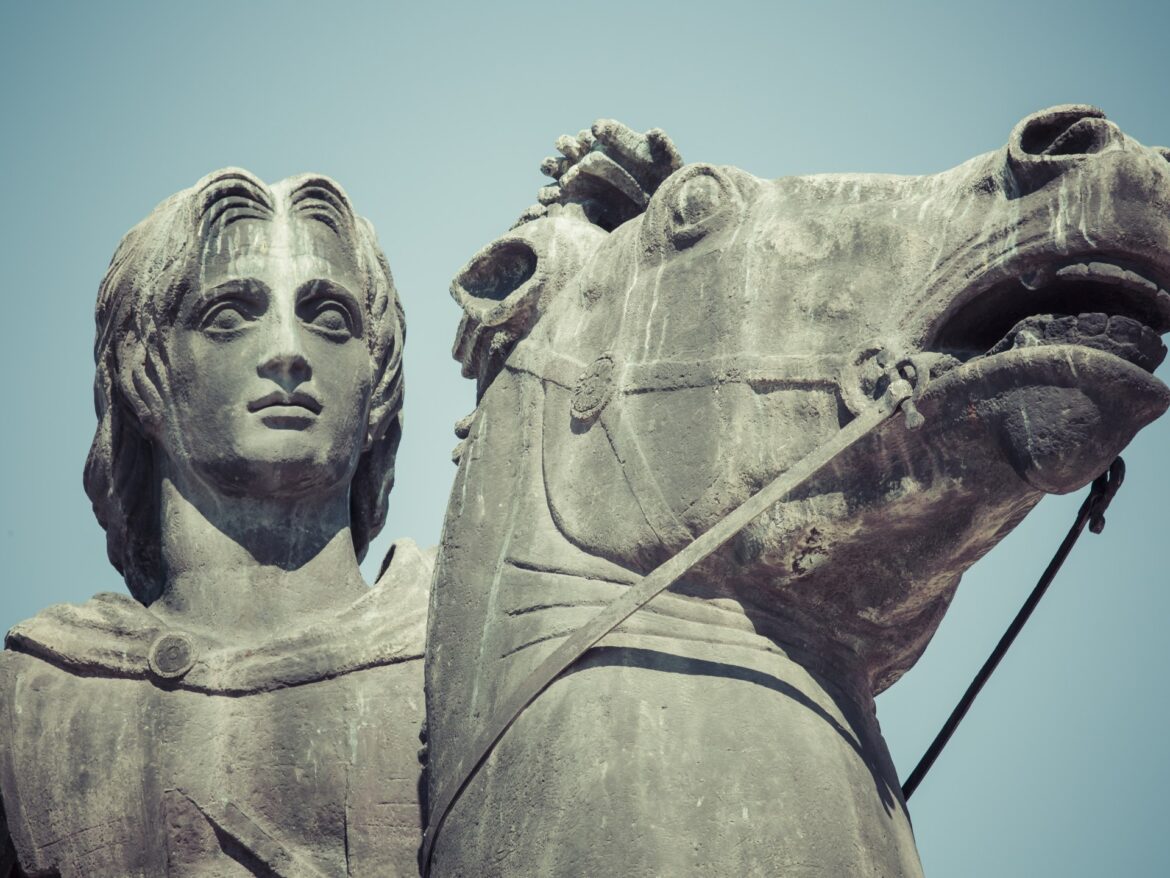1/8/2024–|Last updated: 1/8/202411:03 AM (Mecca time)
To find a tragedy of a similar magnitude to the one that Gaza is suffering today, we must go back to the harsh siege imposed by Alexander the Great on this city in 332 BC, when it was a crossroads full of riches that all invaders desired, although there is no comparison, because today it is an enclave. Besieged from all sides for more than 16 years, today only hunger, disease and extreme poverty prevail.
With this introduction, Le Monde opened the column of French historian Jean-Pierre Filliot, in which he discussed an aspect of the history of the Gaza Oasis, which built its prosperity and influence historically on its strategic location as a crossroads of trade routes between the Levant and Egypt, as well as being a port of entry for caravans coming from the Arabian Peninsula on the Mediterranean Sea.
The establishment of the State of Israel in 1948 created from this junction what is called the “Gaza Strip”, where 200,000 Palestinians who were expelled from their homes took refuge, and where today a quarter of the Arab population of Palestine resides on 1% of the lands of historic Palestine, which turned it into a stronghold of Palestinian nationalism and a crucible for its fighters. The guerrillas, as the historian says.
Israel occupied the region twice before the current war, the first for 4 months to “eliminate” the guerrillas, and the second from 1967 to 2005, before it left it due to the cost of the occupation, and after the Islamic Resistance Movement (Hamas) took power there in 2007, Israel classified it as “ A terrorist entity,” which it has remained besieged to this day.
Pendulum of empires
Since the second millennium BC, Gaza had been a base for the Hyksos invasion of Egypt before the Theban Pharaohs reversed this trend by seizing control of the Levant from Gaza. It was Cyrus the Great who fortified Gaza as a Persian garrison at the gates of Egypt in 539 BC before his successor Cambyses captured it in 539 BC. 525.
In 333 BC, Alexander of Macedon crushed the Persian armies at Issus, near Antioch, but the Persian garrison at Gaza, led by “King” Batis and Arab mercenaries, refused to surrender and impeded the Macedonian advance towards Egypt.
This was the beginning of a 3-month siege led by Alexander himself in 332, during which he was forced to dig tunnels – according to the Roman historian Quintus Curtius – and Alexander was not able to declare himself victorious until after 100 days, so he slaughtered the entire male population, while enslaving women and children, and plundering a wealth of spoils. 10 ships, before handing over the ruined city to Greek colonization.
But Jean-Pierre Filho concluded – after this presentation – that in the time of Alexander the Great, there was no United Nations, no International Committee of the Red Cross, no international humanitarian law, no global conscience, no 24-hour news channels, and no social media.



